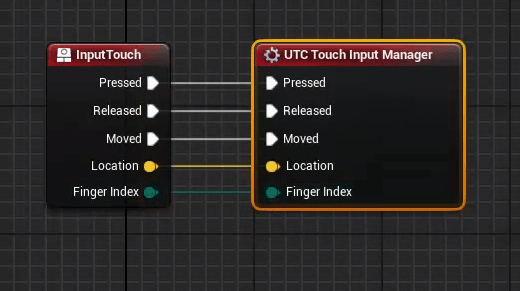Ultimate Guide to Pet Custody: Navigating the Complexities of Pet Ownership After a Split
In today’s world, pets are often considered part of the family. However, when relationships dissolve, the issue of pet custody can become a contentious topi……
In today’s world, pets are often considered part of the family. However, when relationships dissolve, the issue of pet custody can become a contentious topic. Understanding the intricacies of pet custody is crucial for ensuring that both you and your furry friends are treated fairly during this emotionally charged process. This guide aims to provide insights into the various factors that influence pet custody decisions, as well as tips for navigating this challenging terrain.
When couples separate, the question of who gets the pet can lead to disputes that are as heated as those concerning child custody. Courts are increasingly recognizing the emotional bonds that pets share with their owners, and many are now considering the best interests of the pet in custody disputes. This has led to the emergence of a new legal framework around pet custody that resembles child custody arrangements.
One of the first steps in determining pet custody is to establish ownership. In many jurisdictions, pets are considered property, which means that the person who purchased or adopted the pet may have a stronger claim to custody. However, emotional attachment and the pet’s well-being are also taken into account. Factors such as who was primarily responsible for the pet’s care, who spent more time with the pet, and the living conditions of each party can influence the outcome.

Another important aspect to consider is the pet’s routine and lifestyle. Pets thrive on consistency, and a sudden change in their environment can lead to stress and anxiety. Courts often look at which party can provide a more stable and nurturing environment. This includes considerations of living arrangements, work schedules, and the ability to provide for the pet’s needs, such as medical care, food, and exercise.
It’s also essential to communicate openly with your ex-partner about pet custody arrangements. If possible, try to reach a mutual agreement that prioritizes the pet’s well-being. This can include shared custody, visitation rights, or even co-parenting plans that allow both parties to remain involved in the pet’s life. Documenting any agreements in writing can help prevent misunderstandings and future disputes.

If an amicable agreement cannot be reached, it may be necessary to seek legal counsel. An attorney who specializes in family law and has experience with pet custody cases can provide valuable guidance. They can help you understand your rights and responsibilities, as well as represent your interests in court if necessary.
In addition to legal considerations, it’s important to keep the emotional impact of pet custody in mind. Pets often sense the stress and tension between their owners, which can affect their behavior and overall well-being. Prioritizing the pet’s emotional needs during this transition is vital. This might involve maintaining their routine, ensuring they receive plenty of love and attention, and perhaps even consulting a veterinarian or animal behaviorist if behavioral issues arise.

In conclusion, navigating pet custody can be a complex and emotionally charged process. By understanding the legal framework, communicating openly with your ex-partner, and prioritizing your pet’s needs, you can work towards a resolution that benefits everyone involved. Remember, the ultimate goal is to ensure that your beloved pet remains happy and healthy, regardless of the changes in your relationship.